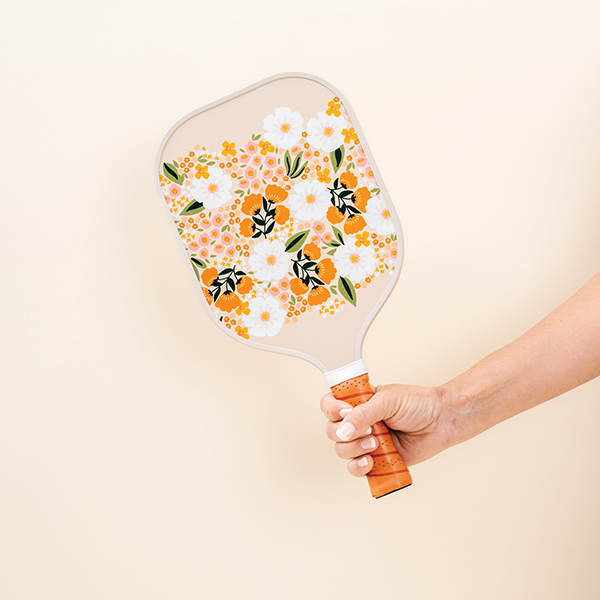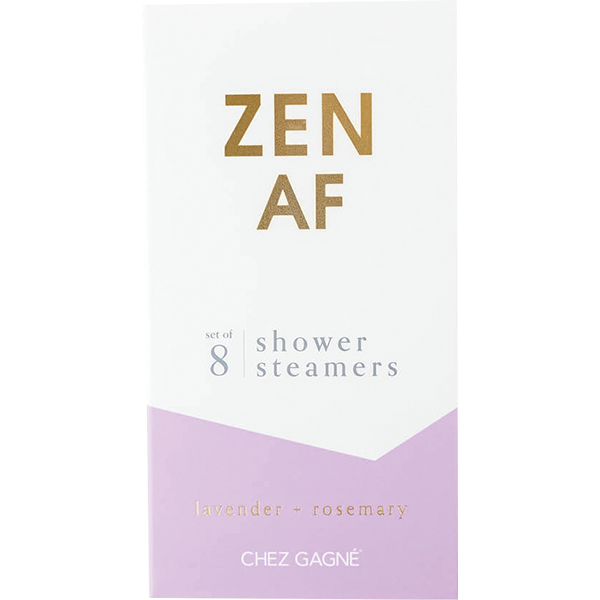Artist Spotlight: Ef*ivory
Carving out creativity, conservation and careers
In Ecuador, art” classes are non-existent in rural areas, such as the town where Geovanny Delgado, an artisan for Ef*ivory (elephant-friendly ivory), was raised. Many boys only complete elementary school, after which they work to support their families.
Delgado and many other young men started out in tagua nut (vegetable ivory) button factories or polishing and sanding pieces for senior carvers. While most of the young men were only able to progress to the point of producing rudimentary sculptures or sanding and polishing buttons, Delgado emerged from the group as a skilled artisan. He has used his natural talent to become one of the more gifted artists in Ecuador and has now been selling his tagua nut sculptures to domestic and overseas customers more than 20 years.
“When elephant-friendly ivory was in its infancy nearly 15 years ago, I found Geovanny by walking around a small, dusty village and finding his shop. I asked if I could take pieces to the United States to show to specialty shop owners,” said Scott Leveton, president of Ef*ivory. “Some pieces sold at high-end jewelry and art shops. However, one day I was visiting the Toledo Zoo and the idea came to me, ‘Why don’t I show the artwork to the buyer for the zoo gift shop? It is a perfect fit, as tagua highlights conservation, preservation and is a unique gift item.’
“After hours of phone calls and hundreds of miles of driving to zoos in the Eastern United States, we were able to create a market for Geovanny’s (and other artisans’) pieces,” Leveton continued. “Through elephant-friendly ivory, nearly 85 percent of sales are to zoos, aquariums, wild animal parks, etc.”
Renewable Retail
While many artisans in developed countries produce art out of love for the artistic, Delgado’s initial creations were driven not just for love of art, but by the need to put food on the table and provide a future for his family.
“We have known him from his early twenties as a single, eager young man,” Leveton said. “We had a chance to meet his (then) girlfriend, who is now his supportive wife with excellent business acumen, and now we visit with his active, growing children. He has been able purchase property and to build his own home and workshop.”
In that workshop, Delgado produces a wide variety of animal sculptures carved from tagua nut that range from penguins and lions to kangaroos to sperm whales.
Due to its close resemblance to animal ivory, it is hoped that this natural product will lessen the threat to the elephant from the ivory trade. The advantage of the tagua nut is that it is a renewable resource, unlike the elephant.
“In a single year, a tagua palm tree can produce up to 20 pounds of nuts and continues to produce year after year,” Leveton said. “Tagua trees are now
preserved rather than destroyed with slash and burn farming techniques. Therefore, using tagua in this manner helps to conserve the endangered rainforests of South America’s coastal plains.”
The carving process begins with selecting the proper tagua nut, which come in many shapes and sizes. Long, narrow nuts are used for tails, legs and horns. Round nuts are appropriate for bodies of larger animals or relief pieces. However, much care is taken not to carve too deeply into the nut during the carving process, as most tagua nuts are hollow inside. A slight hand movement may cause the dremel to hit a hollow spot and ruin the entire sculpture.
Rough outlines of pieces are produced with a grinder, and more detail is given with a dremel tool, using a spoon-shaped blade. After the sanding process, fine details (fur, whiskers, nostrils, feet, paws) are added using a dremel tool with a fine point. The shine on the pieces is a result of the natural oils in the tagua polishing nicely with a buffing wheel. No synthetic polishes or lacquers are used.
As most products are sold to zoos, the most popular items are animals that people have seen at the zoo. For example, they created a manatee piece for the Columbus Zoo, a Bengal tiger for the Lincoln Park Zoo and alligator/crocodile pieces for Florida zoos and museums.
“Each artisan has a ‘style’ or ‘look,'” Leveton said. “Some of his pieces have a ‘comic book’ look (especially African wild animals), while others have a sharp resemblance to the actual animal (especially his sea creatures like whales and sharks). He does give attention to details that other take for granted, or unable to produce.”
Quality, not Quantity
Leveton suggested that shop owners who offer the product highlight the arduous process required to create each figure. This will help perspective buyers focus on the craftsmanship of the pieces, rather than the price.
“Geovanny is always willing to take on new challenges, using his creative talents to the fullest,” Leveton said. “The desire to be profitable, however, can limit the creative desire. It is nearly impossible for clients to appreciate the hours spent on small details in exquisitely carved pieces, and it is very difficult to push price points higher to compensate for the hard, time-consuming work involved in carving the pieces.”
Happily, more customers understand the need for sustainable products, even in gift items. Many prefer eco-friendly items, and thus appreciate tagua nut products. Leveton said that although they still have a lot of work to do to educate customers, they hope that the past 15 years have been a small start to a new generation of buyers.
“The tastes and demands of customers have changed,” Delgado said through an interpreter. “They demand higher quality and better representations of the requested animals. In addition, there are many more artisans and therefore more competition in the sale of products. This keeps me motivated to constantly hone my skills and improve the details of the figurines.
“With more than 20 years of experience in this profession, I have made progress in my work, developing skills that have enabled me to improve design and product features,” he continued. “It also has allowed me to be considered a skilled artisan due to the hard work and dedication I put into every piece I have created even though I have had very little professional training.”
Leveton said that although Delgado may feel that training or schooling would make him a better artisan, his work is a great testament to his ability to create.
“I have seen many carvers, and I have come to the following conclusion — you cannot teach someone to be an artisan. It is innate. You can train someone to replicate pieces or carve something similar to what has already been created.
“However,” he continued, “the ability to innovate and produce animal figurines from a round nut is rare. Artisans such as Geovanny are rare as diamonds.”
By Abby Heugel
“






















